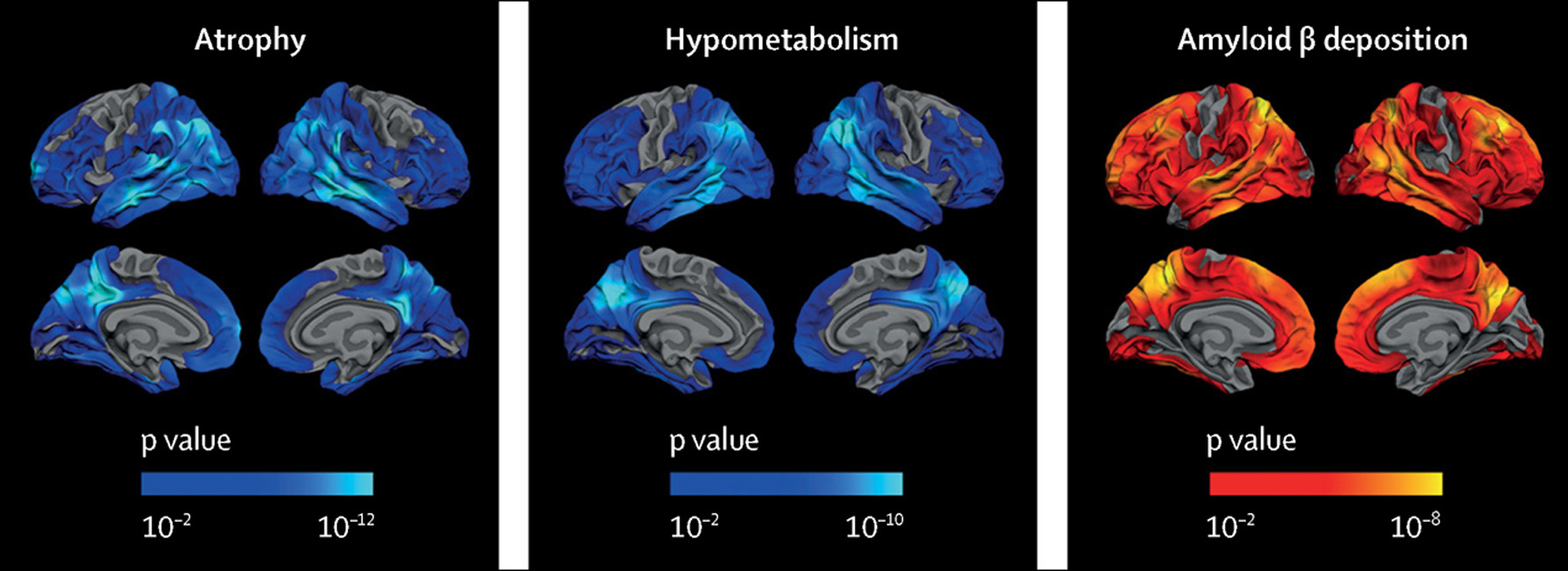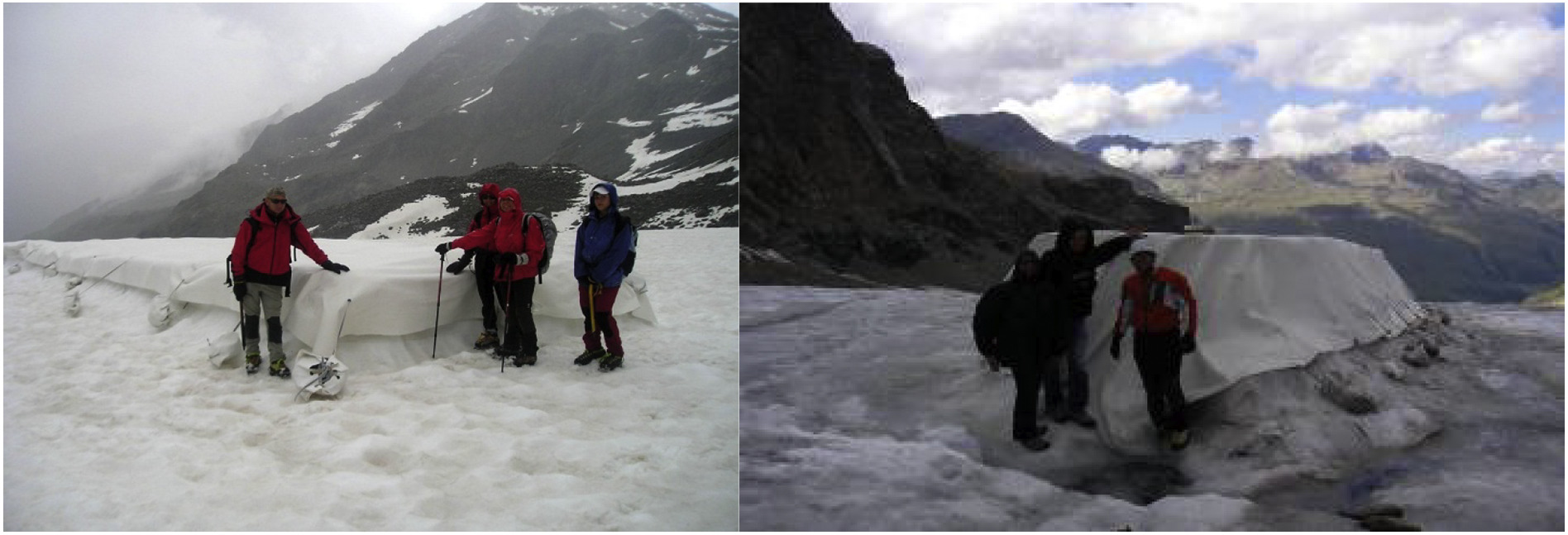Elsevier,
Geography and Sustainability, Volume 1, Issue 2, June 2020, Pages 141-151
This article supports SDG 13 and SDG 15 by demonstrating the people's willingness to pay for ecosystem services on the Tibetan Plateau of China and highlighting the significance of people's knowledge and attitude as direct driving factors for payment amount.
Elsevier, International Journal of Human Computer Studies, Volume 137, May 2020
Addressing efficient management of energy has become a central objective due to the scarcity of traditional energy sources and global warming. To cope with this overarching issue, some technological solutions such as Smart Grids, Internet of Things or Demand response are proposed. However, the majority of them overlooks the role of human beings in the equation.
Elsevier, Case Studies in Chemical and Environmental Engineering, Volume 1, May 2020
Pollution prevention methods were applied at an optics manufacturer in an effort to improve recovery of a valuable polishing component, cerium oxide (ceria), 77% of which was lost to dragout and sewer discharge. Centrifugation and microfiltratiion were evaluated to develop a process that would increase recovery of used ceria, which would then be sent back to the ceria supplier for reclamation and reuse. Full-scale implementation included a high-speed centrifuge that operates continuously with a microfiltration system through recirculation in a single process tank.
Elsevier, One Earth, Volume 2, 22 May 2020
Most of the terrestrial world is experiencing high rates of land conversion despite growth of the global protected area (PA) network. There is a need to assess whether the current global protection targets are achievable across all major ecosystem types and to identify those that need urgent protection. Using recent rates of habitat conversion and protection and the latest terrestrial ecoregion map, we show that if the same approach to PA establishment that has been undertaken over the past three decades continues, 558 of 748 ecoregions (ca.
Elsevier, Biological Conservation, Volume 245, May 2020
If moral concern for nonhuman nature underpins conservation, it is essential to understand how individuals populate their “moral communities,” a core concept from environmental ethics, with various elements of biodiversity. Using data from an online survey of the United States public (N = 1331), we investigated the extent to which respondents' moral communities align with four worldviews discussed in the environmental ethics literature: anthropocentrism, zoocentrism, biocentrism, and ecocentrism. Each worldview provides a vision for how the moral community should be constituted.
Elsevier, Biological Conservation, Volume 245, May 2020
Refuges and refugia are important to conservation management because of their potential to protect species from difficult-to-manage threats such as changing climate, extreme events (e.g., drought, fire) and biotic threats (e.g., disease, invasive species). To provide conservation managers with an evidence-based approach to identifying refuges and refugia, we ask: which places have been observed to function as refuges/refugia, with results reported in the scientific literature? We systematically reviewed the past 20 years of research into refuges/refugia.


